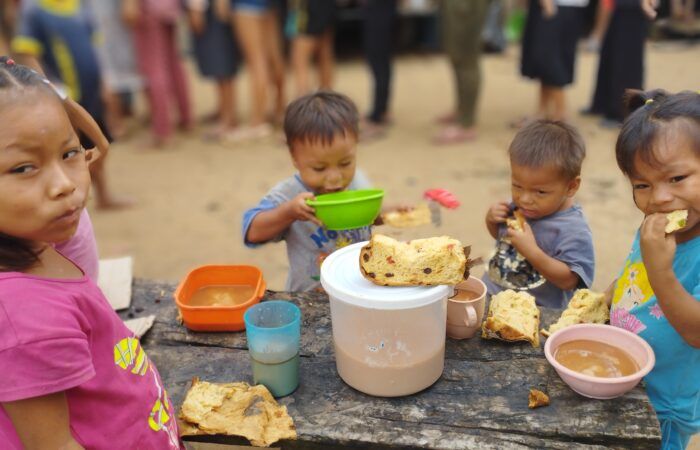In recent months, devastating floods have wreaked havoc on numerous regions around the world, leaving a trail of destruction and displacing thousands of people. These catastrophic events have not only caused immense loss of life and property but have also highlighted the urgent need for effective disaster preparedness and management strategies. This article sheds light on the widespread impact of these floods and emphasizes the importance of proactive measures to mitigate the damage caused by such natural disasters.
Unleashing Nature’s Fury:
As climate change continues to escalate, extreme weather events are becoming more frequent and severe. The resulting floods have affected various countries, including but not limited to Bangladesh, India, the United States, China, and Germany, among others. Rivers bursting their banks, torrential rainfall, and storm surges have submerged vast areas, leaving communities grappling with the aftermath.
Loss of Lives and Infrastructure:
The foremost tragedy of these floods is the loss of precious human lives. Communities have been devastated as homes, villages, and even entire towns have been swallowed by the relentless deluge. Infrastructure such as roads, bridges, schools, hospitals, and power lines have been severely damaged or destroyed, crippling essential services and hampering rescue and relief efforts.
Displacement and Humanitarian Crisis:
The floods have forced thousands of people to flee their homes, seeking refuge in overcrowded relief camps or with friends and relatives. These displacements have created a humanitarian crisis, with limited access to clean water, sanitation, and healthcare. The vulnerable, including children, the elderly, and those with pre-existing health conditions, are particularly susceptible to the adverse effects of this crisis.
Economic Toll and Livelihood Disruptions:
The economic impact of these floods is staggering. Agricultural lands have been rendered barren, leading to crop failure and livestock loss, which will have long-lasting consequences on food security and livelihoods. Industries and businesses, especially those situated in flood-prone areas, have suffered significant damage, resulting in job losses and economic setbacks for both individuals and communities.
Environmental Consequences:
Floodwaters often carry debris, pollutants, and harmful substances, posing a severe threat to the environment. Ecosystems are disrupted, leading to the loss of flora and fauna. Water sources become contaminated, increasing the risk of waterborne diseases. The long-term impact on biodiversity, soil fertility, and the overall ecological balance is a cause for concern.
The Urgent Need for Preparedness and Mitigation:
The devastation caused by these floods serves as a wake-up call for governments, communities, and individuals to prioritize disaster preparedness and mitigation efforts. Here are a few crucial steps that need to be taken:
Improved infrastructure: Developing resilient infrastructure, including robust drainage systems, flood barriers, and early warning systems, can minimize the impact of floods.
Climate adaptation and mitigation: Governments must invest in climate change adaptation measures, such as reforestation, sustainable land use practices, and the reduction of greenhouse gas emissions to mitigate the intensity and frequency of extreme weather events.
Community engagement and education: Raising awareness about flood risks and educating communities on disaster preparedness, evacuation procedures, and emergency response measures can save lives and minimize damage.
International collaboration: Cooperation between nations, sharing knowledge and resources, can strengthen disaster response mechanisms and facilitate timely assistance in affected regions.
Conclusion:
The devastating floods experienced by thousands of people worldwide serve as a stark reminder of the urgent need for proactive measures to mitigate the impact of natural disasters. While it is impossible to prevent such events entirely, investing in disaster preparedness, early warning systems, and climate change adaptation can significantly reduce the loss of lives, property, and livelihoods. Governments, communities, and individuals must work together to build a resilient future that can withstand the challenges imposed by an increasingly.




